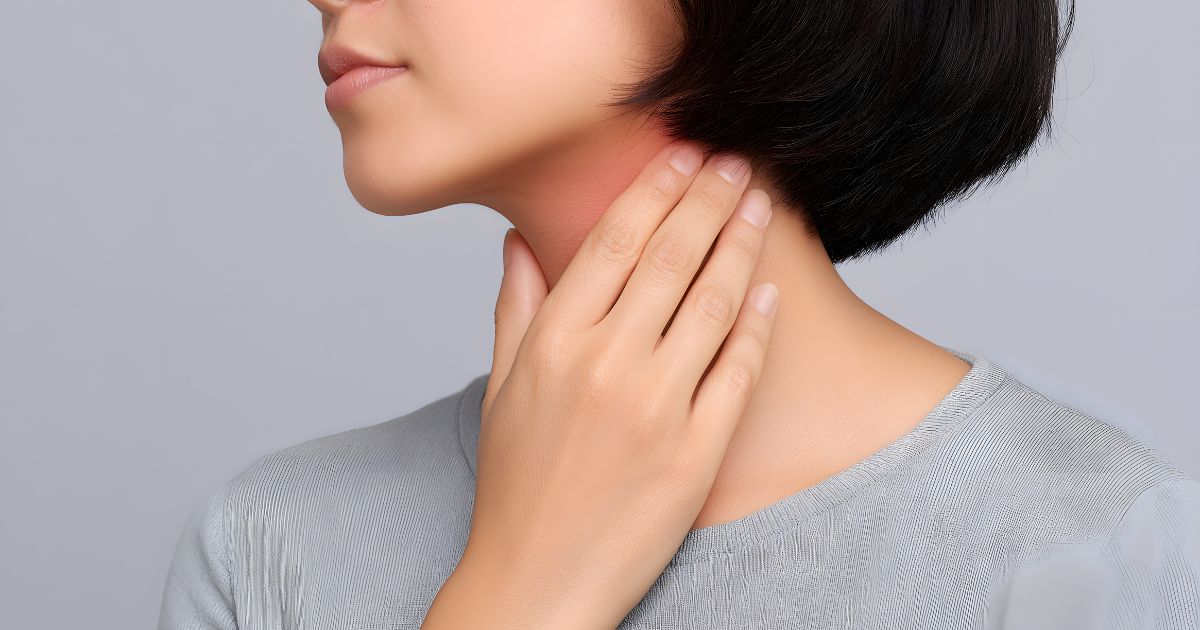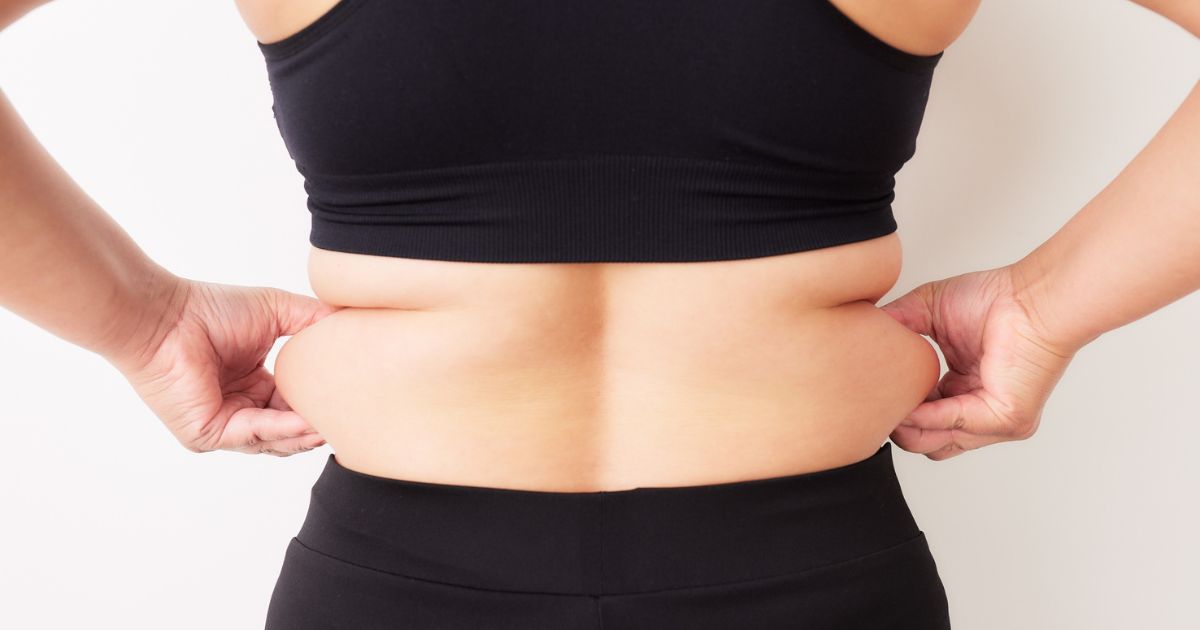True Cellular Formulas Team - May 18, 2023
Unveiling U.S. Chlorine-Washed Chicken
The Truth behind Chlorine-Washed Chicken and Its Implications

Introduction
Every day, we make choices about the food we eat, often without knowing the practices behind its production. While modern food safety methods have made eating safer than ever, some practices have recently raised eyebrows and sparked controversy. One such method is the chlorine washing of chicken, commonly practiced in the United States but banned in places like the United Kingdom.
This article will shed light on what chlorine-washed chicken is, why it's a cause for concern, and why it's banned in the UK. It will also present the associated problems, such as poor farming practices, ineffective disease control, potential health risks, and the disruption of the gut microbiome. Lastly, we will highlight the importance of organic food choices to minimize toxin exposure. Understanding these issues is critical for informed decisions about our food consumption and for our health and well-being.
What is Chlorine-Washed Chicken?
Chlorine-washed chicken is exactly what it sounds like – chicken that's been treated with antimicrobial rinses, including chlorine, to reduce the risk of foodborne pathogens. This practice is prevalent in the United States, where chicken carcasses are sprayed or chilled in water containing chlorine dioxide or other antimicrobial substances. The primary aim is to kill harmful bacteria like E.coli, salmonella, and campylobacter, which can cause serious illnesses in humans if ingested.[1] This method is deemed a cost-effective and efficient way to deal with potential bacterial contamination, especially considering the large-scale industrial chicken farming in the U.S.
Chlorine-Washed Chicken Banned in the UK
Unlike the U.S., the United Kingdom has banned the sale of chlorine-washed chicken since 1997 as part of European Union law.[2] This divergence in food safety practices reflects different perspectives on food hygiene and consumer health. The UK adheres to the "farm-to-fork" approach, emphasizing the importance of preventing bacterial contamination at every stage of farming rather than merely addressing it at the end.[2] In other words, the focus is on maintaining high animal welfare standards and good hygiene throughout the entire food supply chain. Moreover, the UK has expressed concerns about the potential health risks posed by chlorine-washed chicken, including the creation of harmful byproducts – a topic we will delve into in the following sections.
Problems Associated with Chlorine-Washed Chicken
1. Encourages Poor Farming Practices
The chlorine-washing process can potentially foster poor farming practices. There's a risk that producers may rely heavily on this end-of-line treatment to deal with bacterial contamination, which can lead to neglect of hygiene standards during the rearing and slaughtering of chickens.[3] It's essential to maintain good farming practices throughout the entire process, not just at the final stages, to ensure optimal animal health and, subsequently, safer food products.
2. Inefficacy in Killing Diseases like Salmonella
Despite its widespread use, chlorine washing is ineffective at killing diseases like salmonella.[4] A significant portion of these bacteria can survive the washing process and remain on the meat. Ingesting such contaminated chicken can lead to foodborne illnesses in humans, posing serious public health concerns.
3. Production of Potentially Carcinogenic Chlorinated Byproducts
Another troubling issue is that when chlorine reacts with organic material present in the chicken, it can create potentially carcinogenic compounds, such as trihalomethanes and semicarbazide.[5] These chemicals have been linked to an increased risk of cancer and other health problems, raising serious questions about the safety of chlorine-washed chicken.
4. Disruption of Gut Microbiome
Chlorine-washed chicken may also pose risks to gut health. Studies have shown chlorine can disrupt the human gut microbiome, potentially leading to gastrointestinal problems and weakened immunity.[6] The health implications of such disruptions are still under investigation, but the findings so far underscore the potential risks of consuming chlorine-washed chicken.
The Organic Solution: Minimizing Toxin Exposure
Going organic is a practical solution for those concerned about the implications of chlorine-washed chicken. Organic chickens are raised without the use of antibiotics, growth hormones, or other synthetic chemicals, which can accumulate in the body and disrupt normal physiological functions.[7]
Furthermore, organic farming practices prioritize animal welfare and environmental sustainability, leading to healthier birds and, in turn, safer meat.[8] Organic chickens are typically given more space to roam, better-quality feed, and more natural living conditions. These practices can reduce the risk of disease outbreaks that often plague crowded, conventional poultry farms.
Choosing organic can also reduce exposure to the potentially harmful byproducts of chlorine washing discussed earlier. Since organic chickens are not treated with chlorine post-slaughter, consumers avoid the risk of ingesting chlorine-related byproducts.[7]
Making the switch to organic chicken can be a more health-conscious decision. While it might not be the complete answer to all food safety issues, it's a step toward minimizing toxin exposure.
Summary
As we've explored, the practice of washing chicken with chlorine – commonplace in the U.S. – raises a number of health and ethical concerns. From encouraging poor farming practices to ineffective disease control and from potentially carcinogenic byproducts to gut microbiome disruption, it's clear that this practice is far from ideal.
However, as informed consumers, we have the power to make a change. By choosing organic chicken, we can minimize our exposure to toxins and promote better farming practices. Organic farming not only reduces the potential health risks associated with chlorine-washed chicken, but it also contributes to animal welfare and environmental sustainability.
Let's make the choice to prioritize our health and the well-being of the animals that provide us with food. Switch to organic options, and encourage others to do the same. Your choices matter – for your health, for animal welfare, and for our planet.
- Smith, J., Patterson, M., & Buncic, S. (2019). "Use of chlorine-based sanitizers in food industry." Food Control, vol. 96, pp. 443-453.
- European Union Commission. (2005). "Commission Regulation (EC) No 2073/2005 on Microbiological Criteria for Foodstuffs." Official Journal of the European Union, L 338, pp. 1-26.
- Bennett, R. M., Appleby, M. C., & Phipps, R. H. (2013). "Animal welfare: at the interface of producers and scientists. The welfare risks and impacts of heat stress in poultry production." Poultry Science, vol. 92, pp. 387-392.
- Whyte, P., Collins, J. D., McGill, K., Monahan, C., & O'Mahony, H. (2001). "Distribution and prevalence of airborne microorganisms in three commercial poultry processing plants." Journal of Food Protection, vol. 64, pp. 388-391.
- Richardson, S. D., Plewa, M. J., Wagner, E. D., Schoeny, R., & DeMarini, D. M. (2007). "Occurrence, genotoxicity, and carcinogenicity of regulated and emerging disinfection by-products in drinking water: a review and roadmap for research." Mutation Research, vol. 636, pp. 178-242.
- Lloyd-Price, J., Abu-Ali, G., & Huttenhower, C. (2016). "The healthy human microbiome." Genome Medicine, vol. 8, no. 1, pp. 1-11.
- Forman, J., Silverstein, J., Fernezi, P., Barnhill, R., & Kirchhoff, K. (2012). "Organic foods: health and environmental advantages and disadvantages." Pediatrics, vol. 130, no. 5, pp. e1406-e1415.
- Reganold, J. P., & Wachter, J. M. (2016). "Organic agriculture in the twenty-first century." Nature Plants, vol. 2, no. 2, pp. 1-8.



